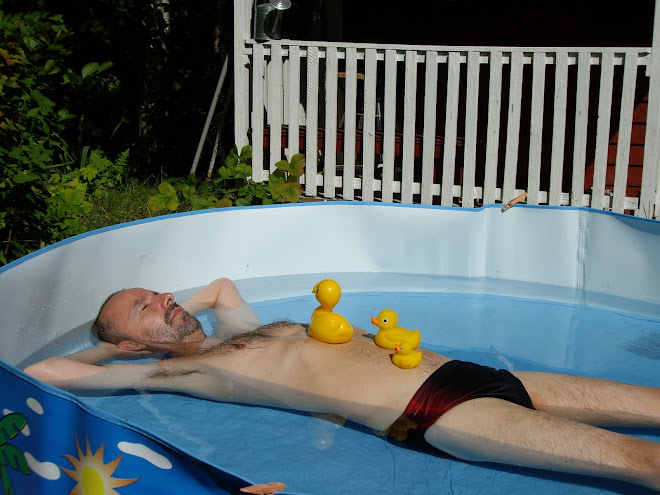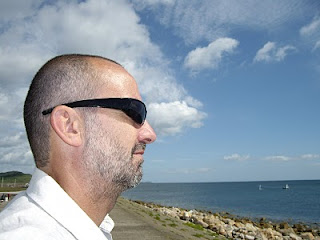Sue Guiney´s new novel, A Clash Of Innocents, has just been published by Ward Wood Publishing. My copy arrived today and I´m very keen to get started on reading it. I had some questions which I put to Sue about the writing of the book, its genesis and her working method. Many thanks to Sue for sharing her thoughts and ideas on those issues with us today.
Sue´s book is available from Ward Wood Publishing´s website at:
http://www.wardwoodpublishing.co.uk
Or from The Book Depository at:
www.bookdepository.co.uk
Or from Amazon at:
www.amazon.co.uk

Mike H A Clash of Innocents is set in Cambodia. Firstly, how did you decide on that location? Do you have any particular connection with Cambodia?
Sue G To be honest, I never really decided on Cambodia. Cambodia decided on me. I went there with my husband and younger son back in 2006 on a service trip where we worked for various charities and really criss-crossed the entire country. At the time, I was still very involved with writing my first novel, Tangled Roots. But Cambodia took hold of me, and when I started thinking about what to write next, I realized I needed to write about it.
Mike H Have you used any of your own experiences from travelling in Cambodia in the novel?
Sue G Yes, I cannot tell a lie J My experience of driving for 8 hours along the dirt road that connects Phnom Penh with the south, trying to take part in a children’s Khmer dance class, the rituals associated with New Year, all became scenes in the novel. The characters and plot are completely made up, but they do reside in a world that I actually, though briefly, experienced.
Mike H The plot concerns a woman who runs a children´s home. How did you get the idea for the story? Was there any particular event or experience that planted the seed of the plot in your mind?
Sue G For a week during our trip we volunteered in a children’s home. It was heartbreaking and fun and completely eye-opening. But the whole time I was working with those kids I kept wondering what they all thought of us Westerners coming into their home, trying to get close and be a part of their lives, and then disappearing forever. I began to wonder if our presence was doing more harm than good, and from that conflict grew the idea for the novel.
Mike H When did you first begin to plan the story and how long did it take from the first idea to completion?
Sue G When I finished writing my first novel, Tangled Roots, I knew I had to start working on something else right away otherwise I’d drive myself crazy worrying about the whole publishing ordeal. There were 2 ideas that popped into my head, but I soon realized that I had actually been pushing the Cambodian concept to the back of my brain already for months. So, actually, A Clash of Innocents had been gestating even before Tangled Roots was finished. From then on it took a bit over two years which, for me, was incredibly speedy. Tangled Roots took me 9 years to write! But that’s another story…
Mike H What is your working method? I mean, do you have a regular, set time for writing or do you write when the inspiration takes you?
Sue G I believe in inspiration, but I don’t believe inspiration has much to do with getting the job done. And I do approach my writing as a job. I go to my little office upstairs in my house every weekday morning, and I sit there for three hours. I say 3 hours not because I decided that, but because it seems to work for me that way – 3 hours and I’m done for the day. Then the afternoon is for meetings (I also am Artistic Director of a theatre charity called CurvingRoad), family matters, real life. Then the next day I pick up where I left off, trying not to get too bogged down in editing what I had done before – but that’s hard for me. I’m a terrible tinkerer. I can’t leave anything I write alone.
Mike H How do you plan the writing of a novel? Do you map out the whole plot and plan chapters before you start on the first draft?
Sue G That’s what I did this time and it really worked for me. Before I started to write, I had an outline of the structure, what was going to be in each chapter, back stories of each character. I tend to be an a-type compulsive, highly organized sort of person, and I find working this way very helpful. The important thing for me, though, is to remain flexible. I may know where I’m going with each chapter, but I usually don’t know how I’m going to get there. And that keeps the mental editor at bay and allows me to enter that other-worldly writer’s place – I bet you know what I mean. I also think it allows me to finish things in 2 years rather than 9!

 Urmas explained that he made this piece early last summer, just at the end of the academic year when he was whacked after a very busy term of teaching and grading students´ work. When it was finally all finished he said that he felt exhausted and his feelings came out in the statue that he was making at that time, this one. Lovely, isn´t it?
Urmas explained that he made this piece early last summer, just at the end of the academic year when he was whacked after a very busy term of teaching and grading students´ work. When it was finally all finished he said that he felt exhausted and his feelings came out in the statue that he was making at that time, this one. Lovely, isn´t it?








